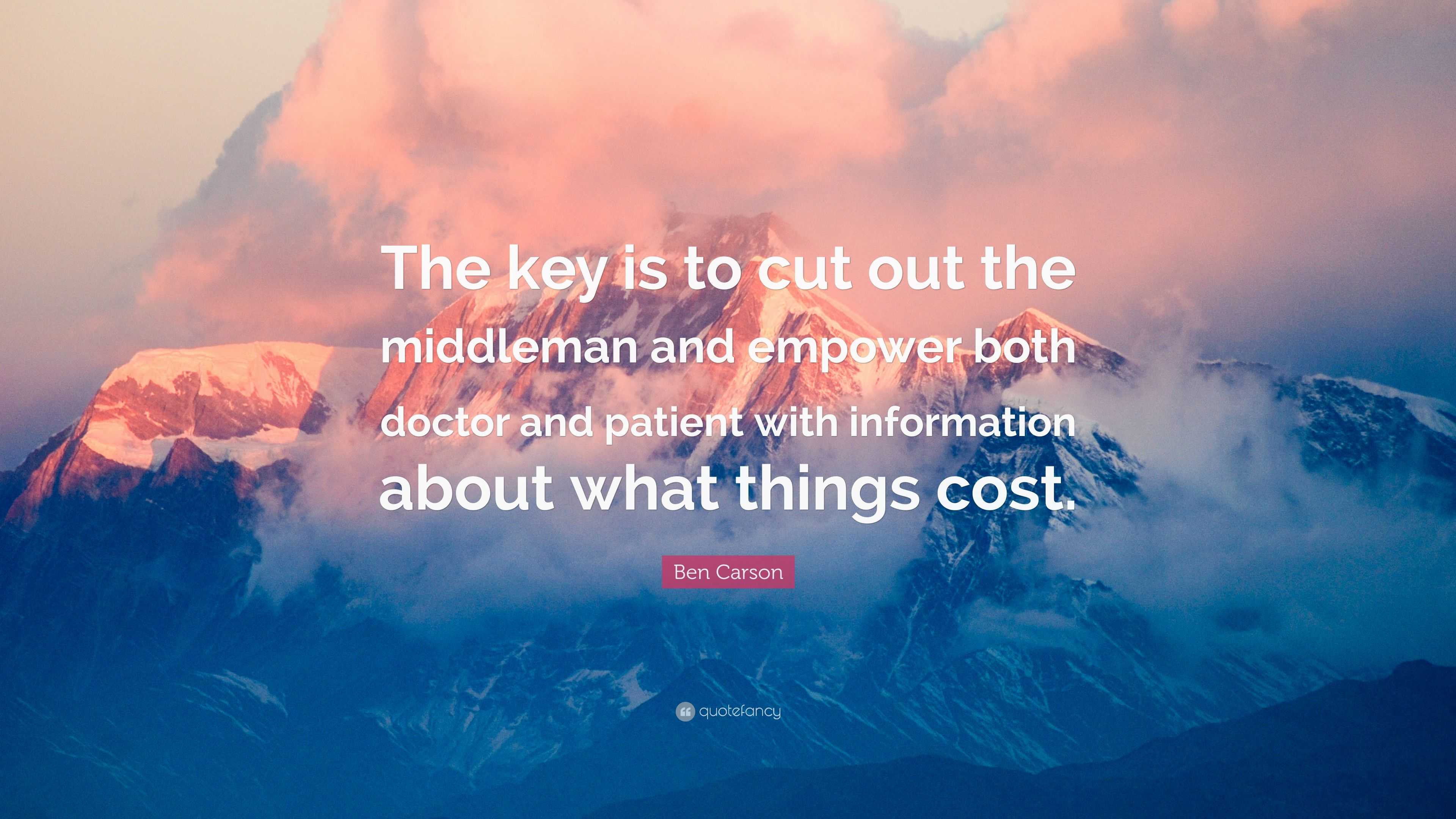


Donnell found a neighbor who has butchering experience to help part time in the processing center.Īnother neighbor has pigs, and Donnell partnered with him to also butcher pigs as needed and add pork to the farm store.ĭonnell doesn’t custom butcher for anyone else. His cow herd is about 100 cows, so at most he’s only butchering a few head a week. “We learned so much on those tours,” he says.ĭonnell’s processing facility is small. Make sure you check out all the help that may be available in your state.”īesides the CARES funding, the Tennessee Department of Agriculture supported Donnell and arranged for him to tour farms in other states to see how they were building markets for local beef and other products. There’s lots of government help for those two industries. “Here in Tennessee our two big industries are tourism and agriculture. That’s a key point to consider if you dream of your own on-farm beef processing center, says Donnell.

The actual cost for building his beef processing plant was over $100,000, and the CARES grant cushioned that by paying for the refrigeration unit in the new butchering facility. Donnell’s farm also operates an agritourism business, Donnell Century Farm Adventure, that was completely shut down in the pandemic and helped him qualify for CARES. That’s federal money for businesses hurt by Covid shutdowns. The last step to fall into place was when Donnell found out he could qualify for Tennessee CARES (Coronavirus Aid, Relief, and Economic Security) funding. Our construction job went to the front of the line.” “My building contractor had two jobs fall through right about the time I called him. This was in 2020, and the pandemic actually helped again: Contractors and cement workers were looking for work. Then he made some calls and found someone who could build a butchering facility. Some of them, even as far away as Canada, became his mentors. He searched out beef producers on social media who had already been down this road. When Donnell sets his mind on something, he does his homework, follows a logical path, and doesn’t give up. “That’s when it really hit me: We should build our own processing facility." We had the animals and customers, but no place to get them processed. “They had a two year waiting list to butcher animals. “All of a sudden, we couldn’t get our cattle into the local processor,” Donnell says. The tipping point to actually building the on-farm plant came in the form of an unlikely event: The Covid pandemic.
#Cut out the middleman full
For years, I thought about doing our own butchering so we could have full control.” “I was never really happy with the way they cut our beef,” he says. “They could sell one of our hamburgers for $10 or more, so we knew that we had a product with high perceived value,” he says.īack then, Donnell was having his finished cattle butchered and processed at a local locker plant.


 0 kommentar(er)
0 kommentar(er)
